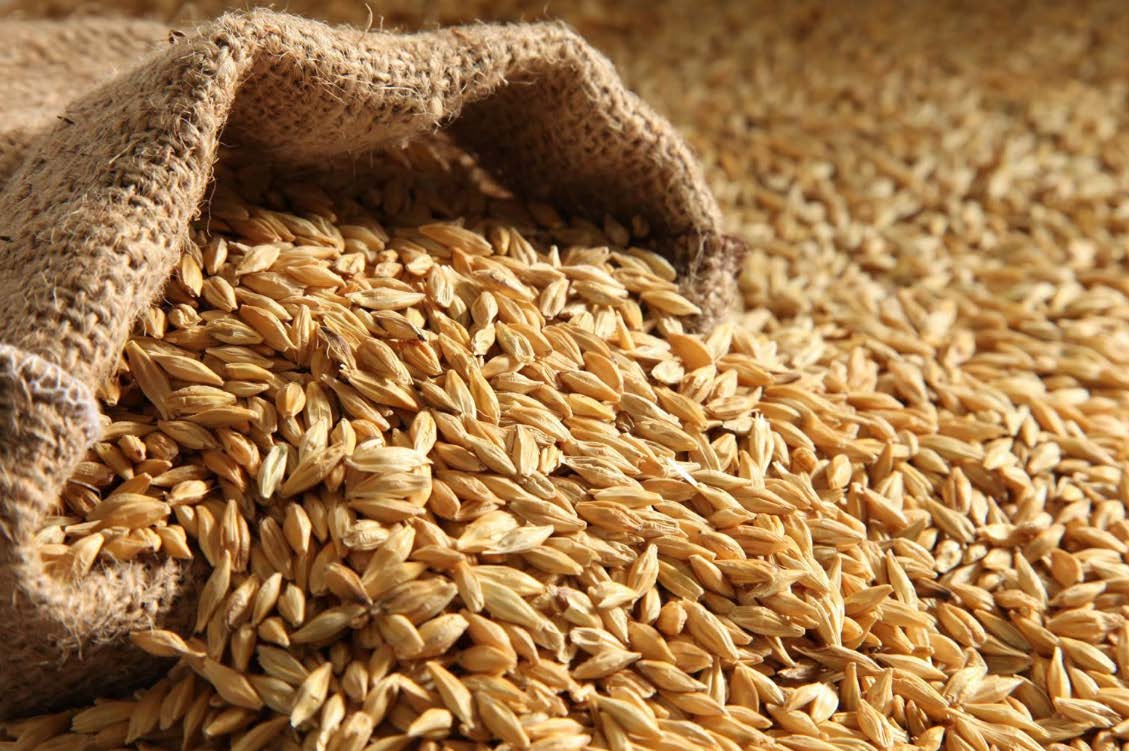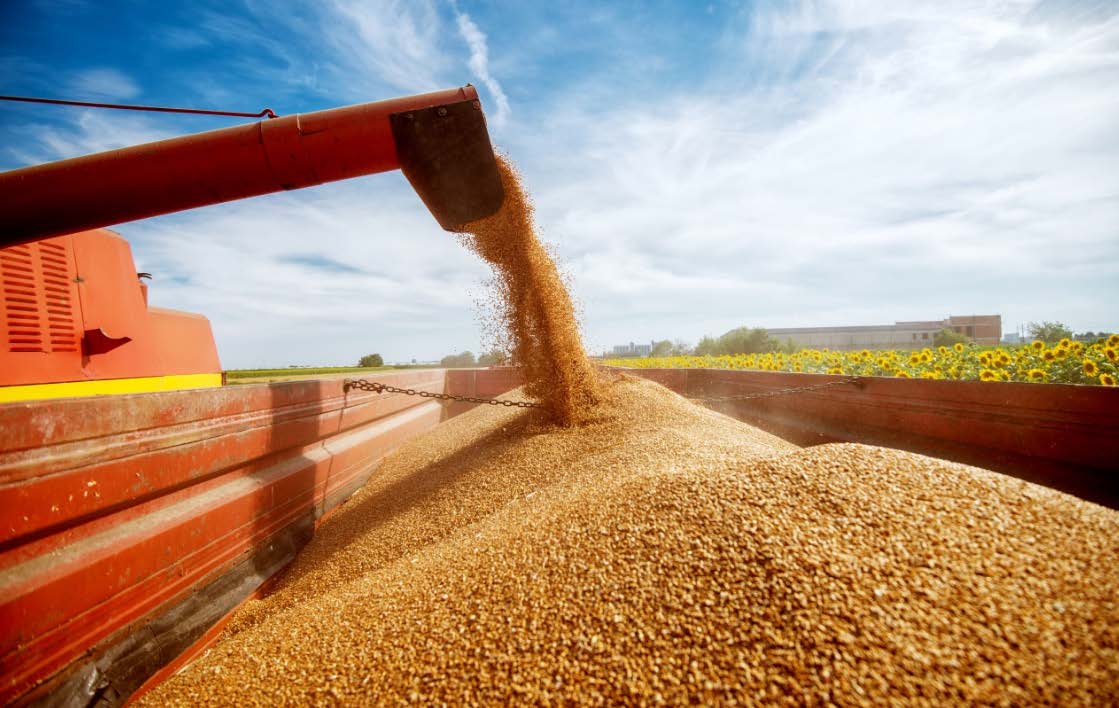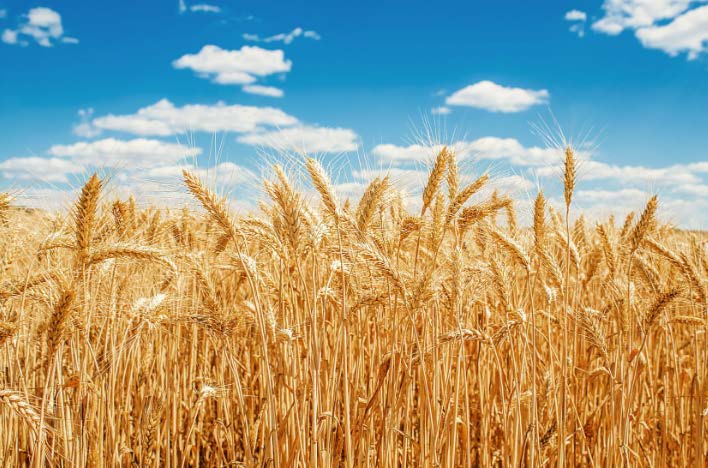Grain market: wheat, barley, corn, and soybeans on the world’s leading B2B trading platforms in the EU.
The grain market is a complex, dynamic system. Cereals occupy half of the arable land of the world and production of cereals in 2021 amounted to 2 796 million tons, while the volume of world trade in the 2021-2022 season of 484 million tons of grain has a steady tendency to increase. The most important crops are wheat and corn.
The European Union is on the list of main grain exporters and importers with gross production of 297.5 million tons, which accounts for about 20% of the world’s production of grains and is a net exporter of about 15% of this production. Exported grains are mostly wheat and barley, while imports consist mainly of corn.
Growing global demand for grains justifies questions about where and how much production can be increased in Europe to meet future world market demands and how much additional nitrogen (N) crops will need. The latter is important because environmental concerns and legislation are just as important as production goals in Europe. The potential for increased grain production exists primarily in Eastern Europe, and half of Europe’s potential growth is in Ukraine, Romania, and Poland. Engineering, chemistry, and agricultural logistics technologies can provide additional prospects for higher yields.
The agriculture industry, like any other business, must streamline and reduce overhead costs. Over the past decade, the proliferation of the Internet and cell phones has gained momentum, leading to an increase in the use of mobile apps to buy agricultural products worldwide. Along with this, major industry players are focusing on developing advanced e-commerce solutions for B2B agriculture. The EU is the third largest e-commerce market in the world, with total online retail sales of $498 billion per year.
This vendor-driven segment is expected to become the most significant source of revenue in the global industry. Suppliers can access new forms of advertising and distribution channels through supplier-oriented marketplaces. Without the use of intermediaries, products can be sold directly to customers. Added to this is the ease of entry into the marketplace with free registration, large volumes of products and services, and long sales cycles, to which international companies are also allowed.
The size of the global B2B e-commerce market in agriculture was $6.90 billion in 2021 and is projected to nearly double to $11.86 billion by 2030.






